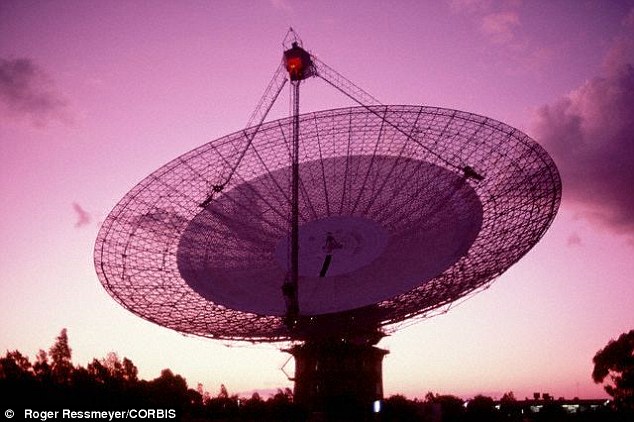Russia Discovers Signals Sent From Another Galaxy
September 29, 2016
The Russian Academy of Science has discovered messages being sent from a sun-like star 94 light years away from Earth. On May 15, 2015 the telescope RATAN-600, located in Zelenchukskaya, Russia, discovered these signals sent through radio waves. Astronomers suspect the messages could be extraterrestrial but no evidence has been found according to Nature World News.
The star the signal was sent from, HD164595, is known to have a minimum of one planet in orbit. The star is part of the Hercules constellation as reported by Science Alert.
The first radio burst signal detected dates back to 2007, with seven more to follow. At the time, scientists did not realize the significance of the burst. Each radio burst message lasts milliseconds, producing the amount of energy the sun produces daily. “Because the radio waves were ‘caught in the act’ scientists were able to check for other wavelengths such as infrared light, or x-rays to try and work out their source. However they found nothing,” The Telegraph stated.
In a blog post, author Paul Gilster wrote, ““No one is claiming that this is the work of an extraterrestrial civilization … But the signal is provocative enough that the RATAN–600 researchers are calling for permanent monitoring of this target,” according to Centauri Dreams.
Scientists believe if the signals were sent from aliens, their civilization is further developed in science and technology than Earth. The amount of power they produced to send Earth these signals is more power than we will be able to produce for the next 1-2 centuries the Daily Caller reported.
As exciting as the possibility of alien life can be, there are still other theories about where the radio signal could have come from. Gravitational lenses or natural patterns are also possible explanations for these mysterious intergalactic signals according to Business Insider.
While scientists working on the project are considering responding to the message, Stephen Hawking, a theoretical physicist, is worried about the repercussions of contacting potential aliens. “We are intelligent, we are alive, we must know,” stated Hawking according to CBS News.
The Allen Telescope Array in Northern California and Panama’s Boquete Optical Observatory will also be used to monitor HD164595 in addition to the RATAN-600 the Observer reported.
Whether these signals are extraterrestrial or not, astronomers have their eyes peeled on HD164595, searching for an explanation. “A candidate signal for SETI [Search for Extraterrestrial Intelligence] is a welcome sign that our efforts in that direction may one day pay off,” Gilster stated.











































